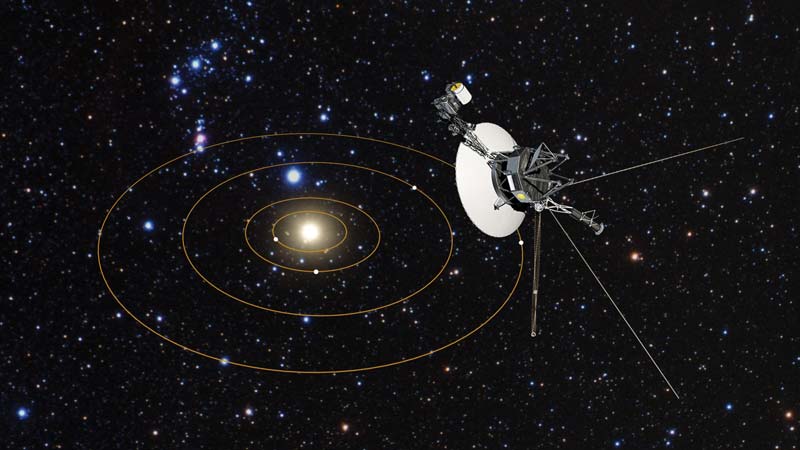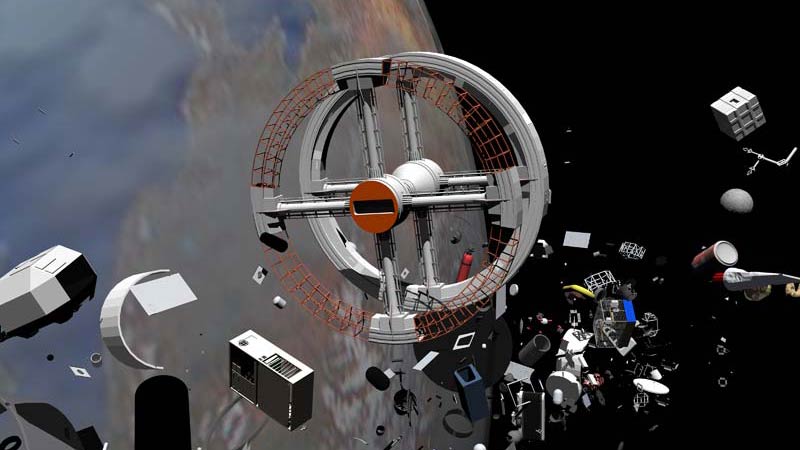Table of Contents

NASA Solar System Ambassador,
Astronomical League Master of Outreach,
Cruise ship speaker on Astronomy & space science,
Amateur astronomer and photographer for 50 years
With the increased attention put on Mars by Elon Musk and NASA, there is finally some hope that humans may visit the red planet within 10 years. Will we send men or women?
Missions to Mars
55 missions have been sent to Mars. Due to the Mars Curse perhaps, only 53% have been successful (6 are currently en route). Mars has been explored by orbiting satellite, independent rovers, seismometers, and soon, a helicopter.
In truth, Mars is a very difficult target. Compared to just going to Earth orbit, you need a much larger rocket, more stages, and more fuel,. You need to go much faster. Your spacecraft will leave the protection of Earth’s magnetic field and be bombarded by solar wind and cosmic rays.
The atmosphere at Mars is both too thin for aerobraking, and too thick to use retrorockets alone like we do landing on the Moon. This leads to enormously complicated systems for soft landings. Some of these include heat shields, parachutes, skycranes, balloons and retrorockets. See Curiosity for a good example. If any one of these complex systems fails, the lander will crash into Mars or miss it entirely.
The current focus for NASA is a human return to the Moon by 2024 (the Artemis program). Mars would be the next step after that.

SpaceX has made it their stated mission to go to Mars. They are building vehicles and systems to do it. Their Starlink satellite program is basically there to create cash flow. This will in turn support the cost of building the necessary rockets and capabilities to reach Mars.
On October 16, 2020, Elon Musk said, “I think we have a fighting chance of making that second Mars transfer window,” in a discussion with Mars Society founder Robert Zubrin. This refers to the 2024 date when Mars’ and Earth’s orbits align favorably for a fuel and time-efficient trip.
Women in Space

The first woman in space was Valentina Tereshkova. On June 16, 1963, she blasted off from the Soviet Union on Vostok 6. She spent 3 days in orbit.
After returning to Earth she received the Order of Lenin and Hero of the Soviet Union awards. She remains the only woman ever to have been on a solo space mission.
The first all-women spacewalk in October 2019 with NASA astronauts Jessica Meir and Christina Koch.
60 women have now flown in space, but all so far, have been restricted to Earth orbit.
What are some advantages of women astronauts for longer space missions?
- Women weigh less. This saves fuel, reducing the cost of the mission.
- Women eat and breathe less. Women generally require 15-25% fewer calories than men. They need less oxygen. And with less ‘input’, there is less ‘output’, which reduces the demands to recycle waste and CO2.
- Women appear to have lower risk of vision and hearing problems. The impacts of microgravity and radiation seem to affect men’s vision and hearing more than women. Fewer female astronauts report these issues.
- On the other hand, women appear to be more susceptible to motion sickness and urinary tract infections in space.
Astronauts and cosmonauts typically spend 6 months on the International Space Station. But a mission to Mars could take 17 months:
- 7 months to get there
- 3 months on the surface waiting for the positions of Earth and Mars to favorably realign, and
- 7 months to return.
When you are on a mission that long, efficient use of fuel, food, and other resources give women some significant advantages over men. Women have been proven to do everything required of astronauts.
Maybe one day we’ll hear, “One small step for women, one giant leap for womenkind”.





